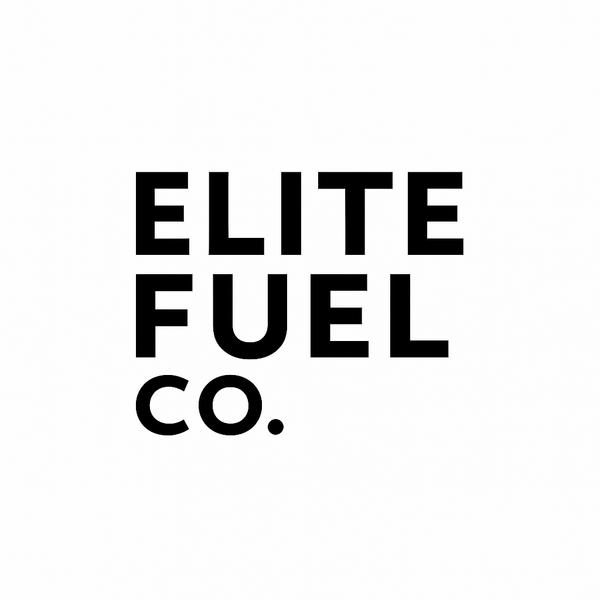Female athletes have unique hormonal cycles, nutrient needs, and performance challenges that require a tailored fuelling approach—not a generic one-size-fits-all plan.
In this article, we’ll unpack what makes fuelling female athletes different, what mistakes to avoid, and how to build a performance nutrition strategy that actually works with the female physiology, not against it.
Why Female Athletes Need a Different Approach
From fluctuating hormones to higher iron demands, female athletes face unique biological realities that influence everything from energy production to recovery.
Key considerations for female athletes:
- Monthly hormonal shifts (especially around the menstrual cycle)
- Greater risk of low energy availability (LEA)
- Increased risk of iron deficiency
- Higher prevalence of under-fuelling, either intentional or unintentional
- Body composition pressures in sport
This isn't about making things complicated—it's about making them effective.
Common Mistakes in Fuelling Female Athletes
Even elite athletes fall into these traps:
Under-eating on training days
Skipping carbs due to outdated “weight loss” advice
Not adjusting intake around the menstrual cycle
Over-relying on supplements instead of whole foods
Ignoring signs of low energy availability (e.g. fatigue, irregular cycles, low mood)
These issues don’t just impact performance. They affect long-term health, hormonal function, and even bone density.
The Menstrual Cycle & Performance: What to Know
Each phase of the cycle affects how female athletes feel and perform: Phase, Days (approx.), Key Hormones, Nutrition Focus
Menstrual (Bleed):
1–5, Low hormones, Prioritise iron, hydration, gentle carbs
Follicular:
6–14, Rising oestrogen, Higher intensity training, fuel with carbs + protein
Ovulation:
~14, Oestrogen peaks, High performance window, eat to match output
Luteal:
15–28, Progesterone rises, Appetite increases, cravings common—up fuel slightly
Tip: Use the luteal phase to slightly increase carbs and calories to match the body’s higher metabolic demand. Don't resist it—fuel it.
Iron: The Silent Performance Killer
Iron deficiency is more common in female athletes due to menstruation and sweat loss—and it wrecks performance.
Signs of low iron:
- Fatigue
- Brain fog
- Cold hands/feet
- Poor recovery
- Paleness
Fuelling tip: Include iron-rich foods like red meat, lentils, dark leafy greens, and pair with vitamin C to enhance absorption. Avoid tea/coffee with meals—they block iron absorption.
Female-Specific Fuelling Strategy: 4 Pillars
1. Eat enough – Match energy to training demand. Don’t undereat in the name of “leanness.”
2. Prioritise carbs – Especially around the follicular and ovulation phases when training is heaviest.
3. Support hormones – With healthy fats, whole foods, and micronutrients (like calcium, iron, magnesium).
4. Time nutrition smartly – Pre- and post-workout meals are essential for female athletes to maintain energy balance.
Final Thoughts
Fuelling female athletes is about optimisation, not restriction.
When you work with your body instead of against it, you unlock real strength, endurance, and consistency.
Women deserve performance plans that consider their physiology, not ignore it.
Want your training and cycle to work together, not against each other?
Book a 1:1 consult with a sports dietitian who specialises in athletic performance.
You deserve a fuelling strategy that’s as strong as you are.

